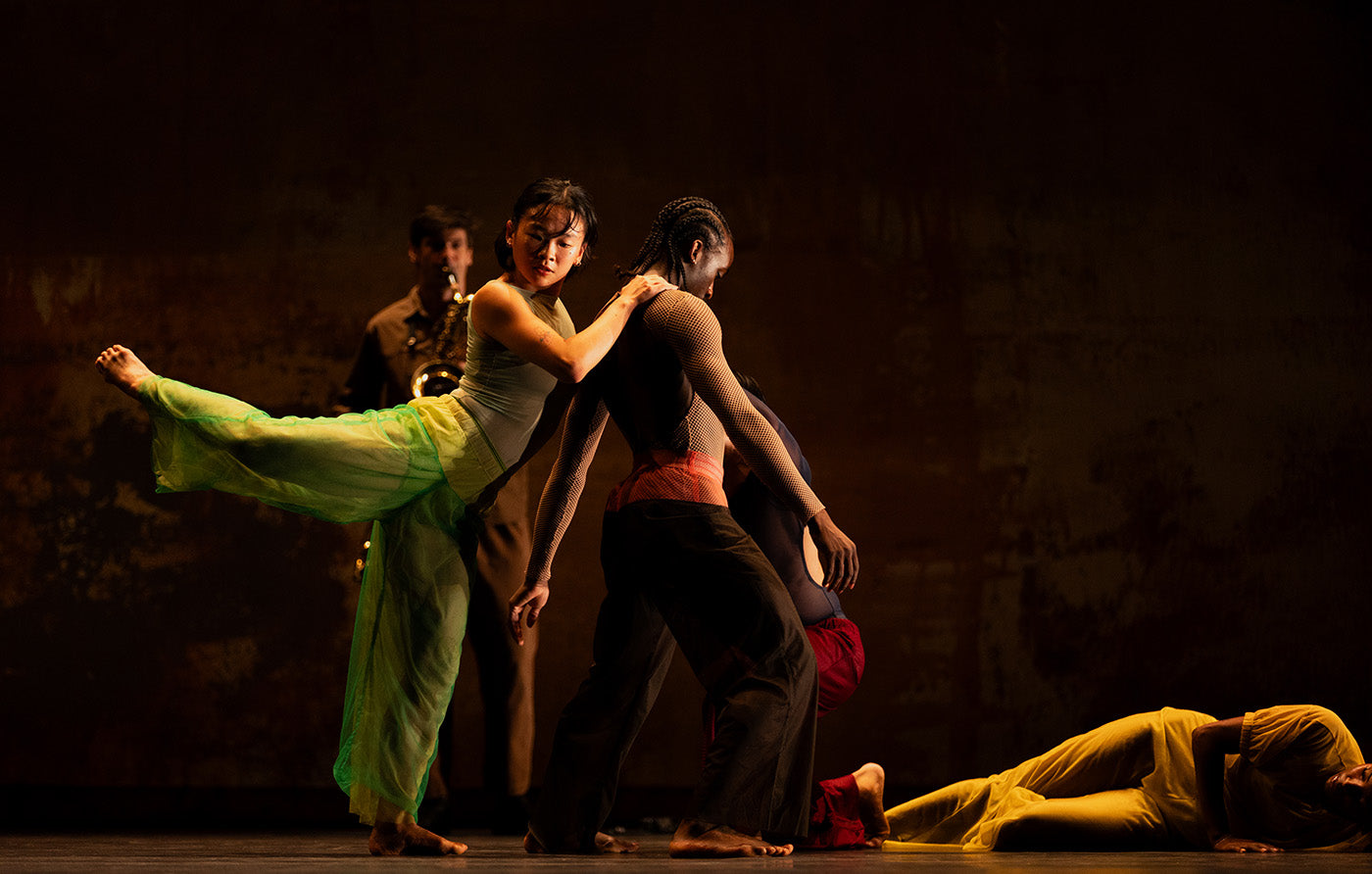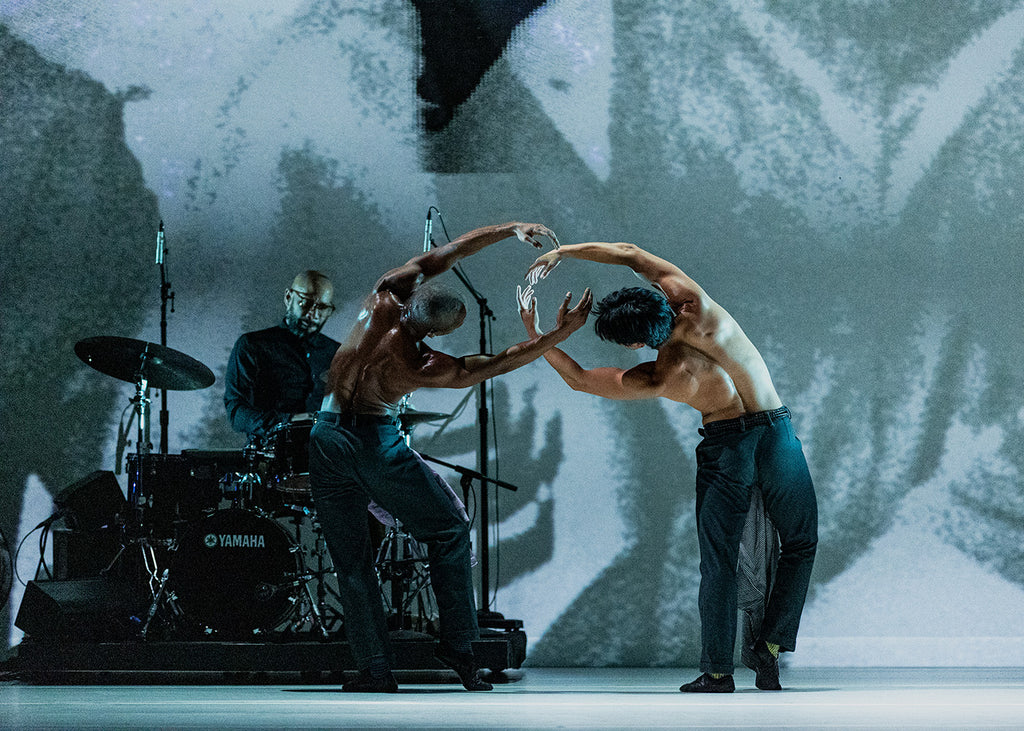Mishima’s Muse
Japan Society’s Yukio Mishima centennial series culminated with “Mishima’s Muse – Noh Theater,” which was actually three programs of traditional noh works that Japanese author Yukio Mishima adapted into modern plays.
Continue Reading
World-class review of ballet and dance.
For its twentieth anniversary, A.I.M by Kyle Abraham showcased a trio of established works set to live music at the Rose Theater at Lincoln Center. In curating this program, Abraham wrote that he was “reflecting on 20 years of having a dance company in this complicated day and age.” The oldest dance in the retrospective, “The Gettin,” was created at New York Live Arts between 2012 and 2014. The most recent, “2x4,” had its NY premiere at the Joyce this past April. The dances’ birthdays were largely irrelevant, however. No matter the year, the majority of Abraham’s output is grounded in his experiences as a Black man and queer artist. The themes of freedom, equality, Black love, and self-love dominate his oeuvre, as they did on this evening. In the program notes, Abraham linked even the most abstract dance on the bill, “2X4,”to his progressive vision, describing it as “an ode to form and a hopeful call for unity and support.”
Performance
Place
Words



“Uncommonly intelligent, substantial coverage.”
Your weekly source for world-class dance reviews, interviews, articles, and more.
Already a paid subscriber? Login

Japan Society’s Yukio Mishima centennial series culminated with “Mishima’s Muse – Noh Theater,” which was actually three programs of traditional noh works that Japanese author Yukio Mishima adapted into modern plays.
Continue ReadingThroughout the year, our critics attend hundreds of dance performances, whether onsite, outdoors, or on the proscenium stage, around the world.
Continue ReadingOn December 11th, the Alvin Ailey American Dance Theater presented two premieres and two dances that had premiered just a week prior.
Continue ReadingThe “Contrastes” evening is one of the Paris Opéra Ballet’s increasingly frequent ventures into non-classical choreographic territory.
Continue Reading
Appreciate your writing so much.